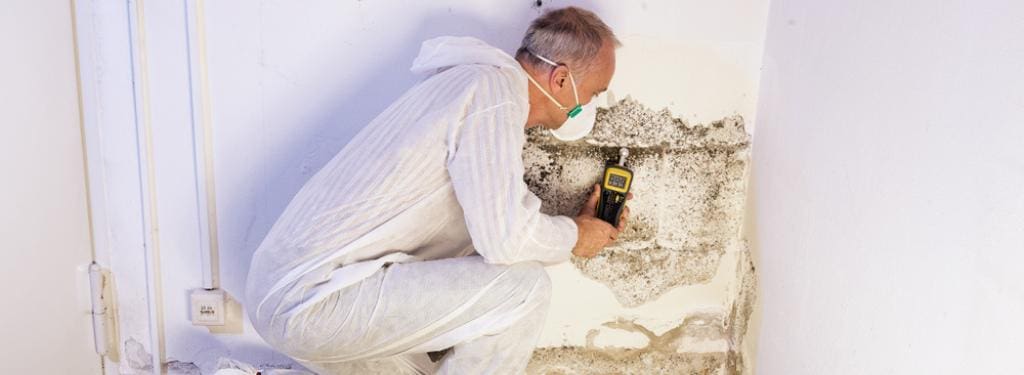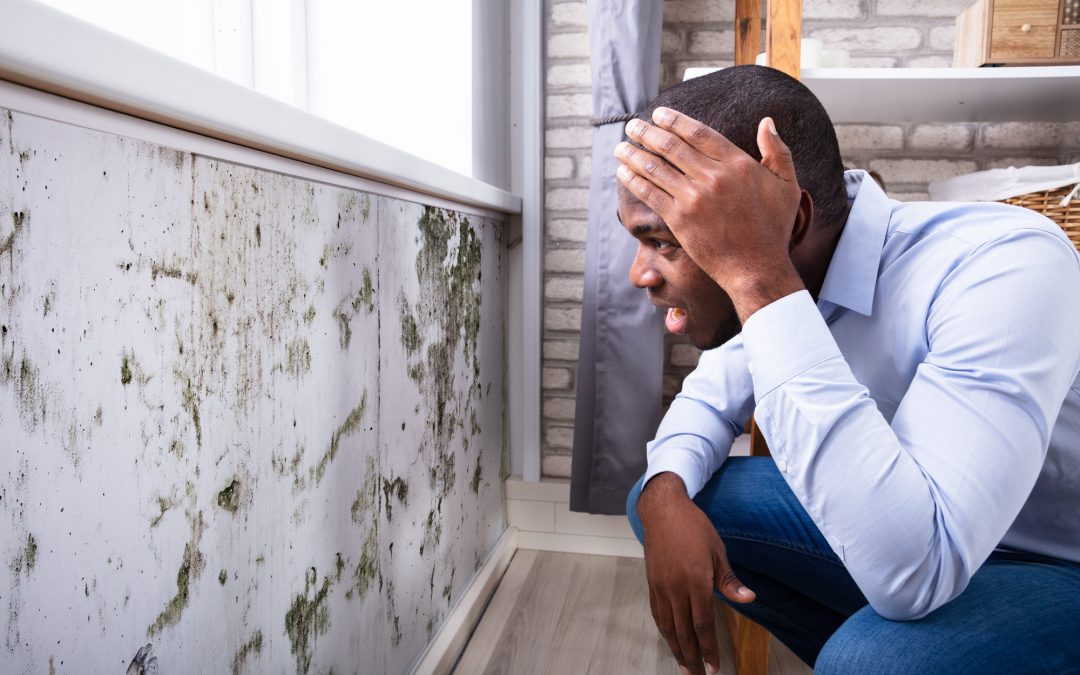Comprehensive Post Mold Remediation Procedures
Comprehensive Post Mold Remediation Procedures
Blog Article
Your Ultimate Guide to Blog Post Mold Remediation Techniques
In the after-effects of mold and mildew problem, understanding just how to efficiently eradicate the mold and mildew and stop its reoccurrence is vital for maintaining a healthy and balanced indoor environment. From picking the best cleansing and sanitizing techniques to implementing strategies for long-term mold avoidance, each action in the remediation trip plays an essential duty in making sure an effective outcome.
Recognizing Post-Mold Remediation Process
After finishing the mold and mildew remediation process, it is important to comprehend the post-mold removal strategies that are essential to make certain a extensive and efficient clean-up. As soon as the mold and mildew has actually been gotten rid of, the following step includes cleaning and decontaminating the influenced locations to avoid any regrowth of mold. This consists of utilizing specialized cleaning up agents to wipe down surface areas and kill any kind of continuing to be mold spores. It is vital to dry the area completely to inhibit the development of mold and mildew in the future (After mold remediation). Proper ventilation and dehumidification can assist in this procedure.
Furthermore, conducting a final inspection post-remediation is vital to ensure that all mold and mildew has actually been successfully gotten rid of. If the assessment exposes any lingering mold, extra removal might be necessary.
Reliable Cleaning and Sanitizing Techniques

Avoiding Future Mold Development

Importance of Correct Air Flow
Proper ventilation plays a critical duty in avoiding moisture buildup, a key element in mold and mildew development within indoor atmospheres. Effective ventilation systems assist get rid of excess moisture from the air, decreasing the opportunities of mold and mildew spores discovering the moisture they require to spread and sprout. Without ample ventilation, indoor spaces can end up being a breeding place for mold and mildew, leading to prospective health dangers and architectural damage.
By making certain proper air flow, air flow systems can also aid in drying out wet areas more promptly after water damage or flooding events, further discouraging mold development. what to do after mold remediation. Precede like bathrooms, attics, cellars, and kitchen areas where dampness levels tend to be greater, installing and maintaining efficient air flow systems is critical in protecting against mold and mildew invasions

Tracking and Upkeep Tips
Provided the critical duty that appropriate air flow plays in protecting against mold growth, it is crucial to establish effective tracking and maintenance tips to make certain the ongoing performance of ventilation systems. Tracking moisture degrees within the property is also important, as high humidity can add to mold and mildew development. By staying aggressive and conscientious to the problem of air flow systems, home proprietors can effectively minimize the risk of mold regrowth and preserve a healthy interior environment.
Conclusion
Finally, post-mold removal methods are official website important for ensuring a tidy and safe atmosphere. Recognizing the process, implementing efficient cleansing and sanitizing techniques, preventing future mold and mildew growth, keeping appropriate air flow, and normal tracking are all vital action in the removal procedure. By adhering to these standards, you can efficiently get rid of mold and mildew and avoid its return, advertising a healthy living or functioning room for all residents.
In the aftermath of mold and mildew invasion, recognizing exactly how to properly remove the mold and mildew and avoid its reoccurrence is paramount for keeping a healthy interior atmosphere. Once the mold has actually been eliminated, the following step entails cleansing and decontaminating the influenced locations to stop any type of regrowth of mold - what to do after mold remediation. After eliminating noticeable mold and mildew growth, it is critical to cleanse all surface areas in the damaged location to get rid of any remaining mold and mildew spores. To better improve mold avoidance measures, it is vital to attend to underlying issues that originally led to mold and mildew growth.Provided the crucial role look here that proper air flow plays in protecting against mold growth, it is important to develop reliable tracking and upkeep suggestions to ensure the ongoing capability of ventilation systems
Report this page